A Sign of Love
Do you remember the early 1980s? More specifically, do you remember the Ethiopia famine in the early 1980s? Recurring droughts, failing harvests, and conflict pushed millions into deprivation and starvation. The images from that catastrophe sent shock waves around the world. Perhaps for the first time on such a global scale, we were confronted by the devastating realities of famine. According to the United Nations, nearly 1 million people perished from famine-related deaths. Millions more were displaced and plunged into insecurity and severe poverty.

The crisis galvanized us on an international scale. From citizens to celebrities, the world pulled together to raise awareness and funding for a life-saving response. We keenly felt the injustice of the situation. A holy discontent spurred us into action that saved lives.
Humanitarians learned a lot from that crisis. The sector worked through collaborations and developed new methods for detecting factors that contribute to food crises. Analyzing early warning signs helps inform decision-makers, empowering them to implement strategies that can reduce the scale of catastrophes and direct help to where it’s needed most.
We also learned that when we pull together, we can actually make a real difference. We can truly save lives.
It’s time to apply this lesson.
You may not be aware, but the world is facing a global hunger crisis that overshadows any we’ve faced before.
Ekal Lowoyan was born and raised in Turkana County in northern Kenya. In his lifetime, he has seen many changes in the region.
“Before the droughts, this area had plenty of pasture and livestock,” he shares about the land surrounding his home. Ekal, like many in this region, is traditionally a pastoralist, relying on his livestock for sustenance and livelihood. “I personally had 100-200 goats. There were cows, too. But I lost all my livestock in the drought in 1980. I was forced to migrate elsewhere in search of work.”
When his homeland recovered from the drought, Ekal returned. “When I came back, there was pasture and livestock again. There were still droughts, but they were small. Maybe one season, then rain. Maybe two seasons, then rain. But that has changed. Things have become unpredictable. Today, the drought is worse than in 1980. The drought in 1980 was only for one year and then it rained. The drought today is now five years of no rain. This drought has finished off everything that survived the previous smaller droughts. Now the drought is coming after human beings.”“Before the droughts, this area had plenty of pasture and livestock,” he shares about the land surrounding his home. Ekal, like many in this region, is traditionally a pastoralist, relying on his livestock for sustenance and livelihood. “I personally had 100-200 goats. There were cows, too. But I lost all my livestock in the drought in 1980. I was forced to migrate elsewhere in search of work.”
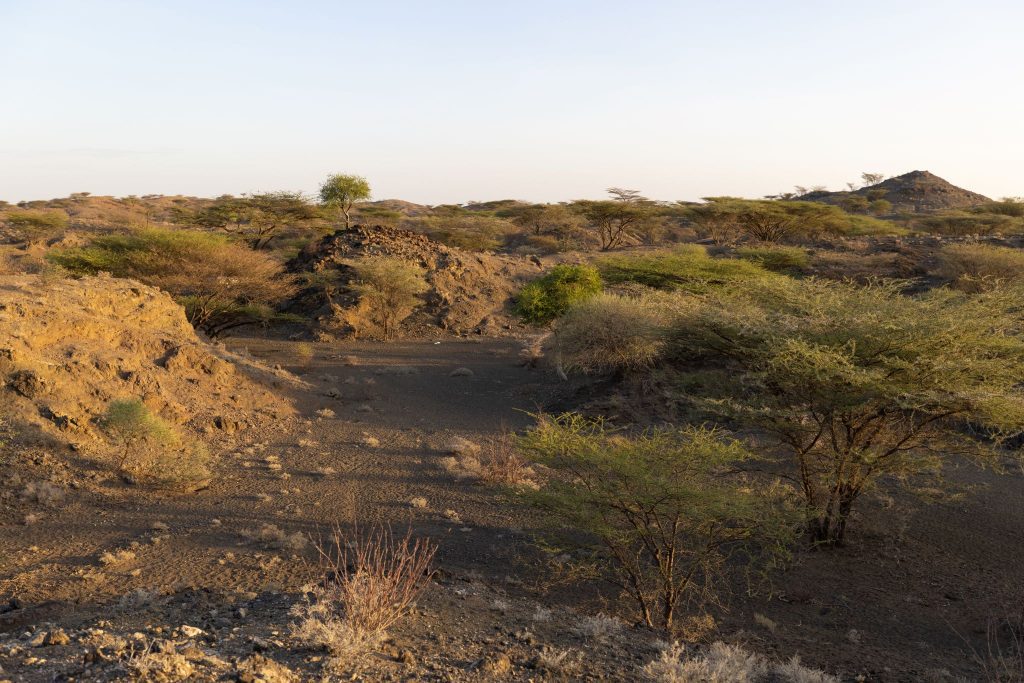
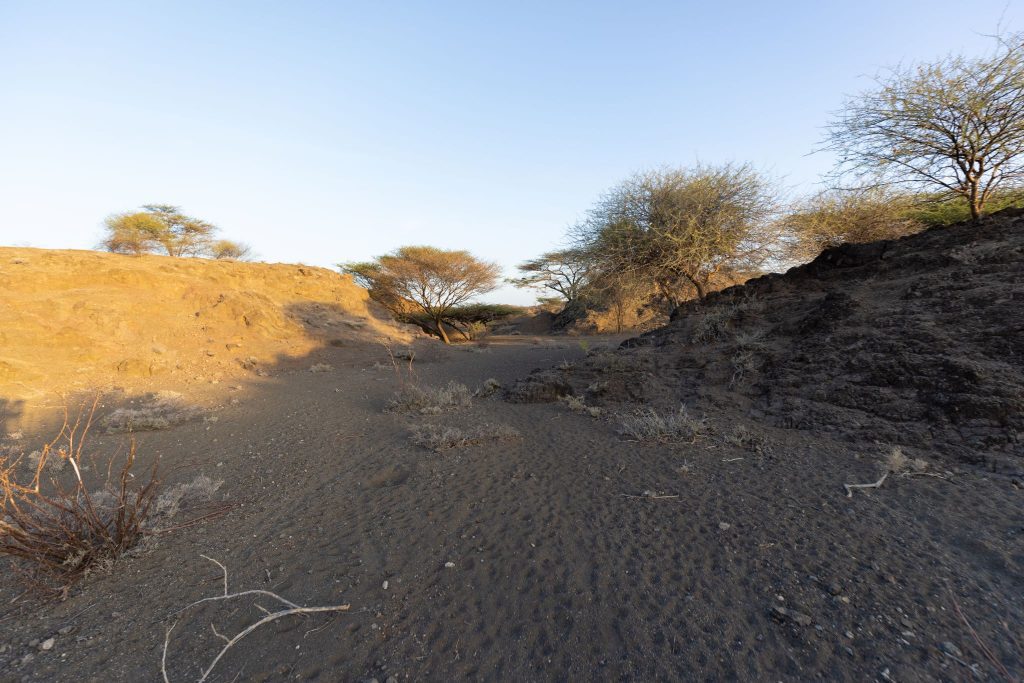
The grip of hunger today holds more than Kenya or even the Horn of Africa in its grasp. Seventy-nine countries face acute food insecurity right now. That means that people are making difficult decisions such as selling off assets, rationing portion sizes, and skipping meals. Families are breaking up as members migrate in search of food and work. Some decisions are truly heartrending as human rights and dignity are set aside or violated in the quest for survival.
Today’s hunger crisis has roots in climate extremes, such as the prolonged drought in Turkana County. But there are other causes, as well. Conflicts and instability destroy crops and devastate fields, laying waste to this year’s harvests and those of years to come. Insecurity displaces people far from their farms and disrupts other forms of livelihood.
Eman is raising her five children alone in war-torn Yemen. At 34, she is the sole breadwinner for her children whose ages range from four to 11 years old. She wasn’t always alone. Before the war, which has been raging for nearly a decade, Eman and her husband led a stable life. Through their earnings, they were able to build a small house.
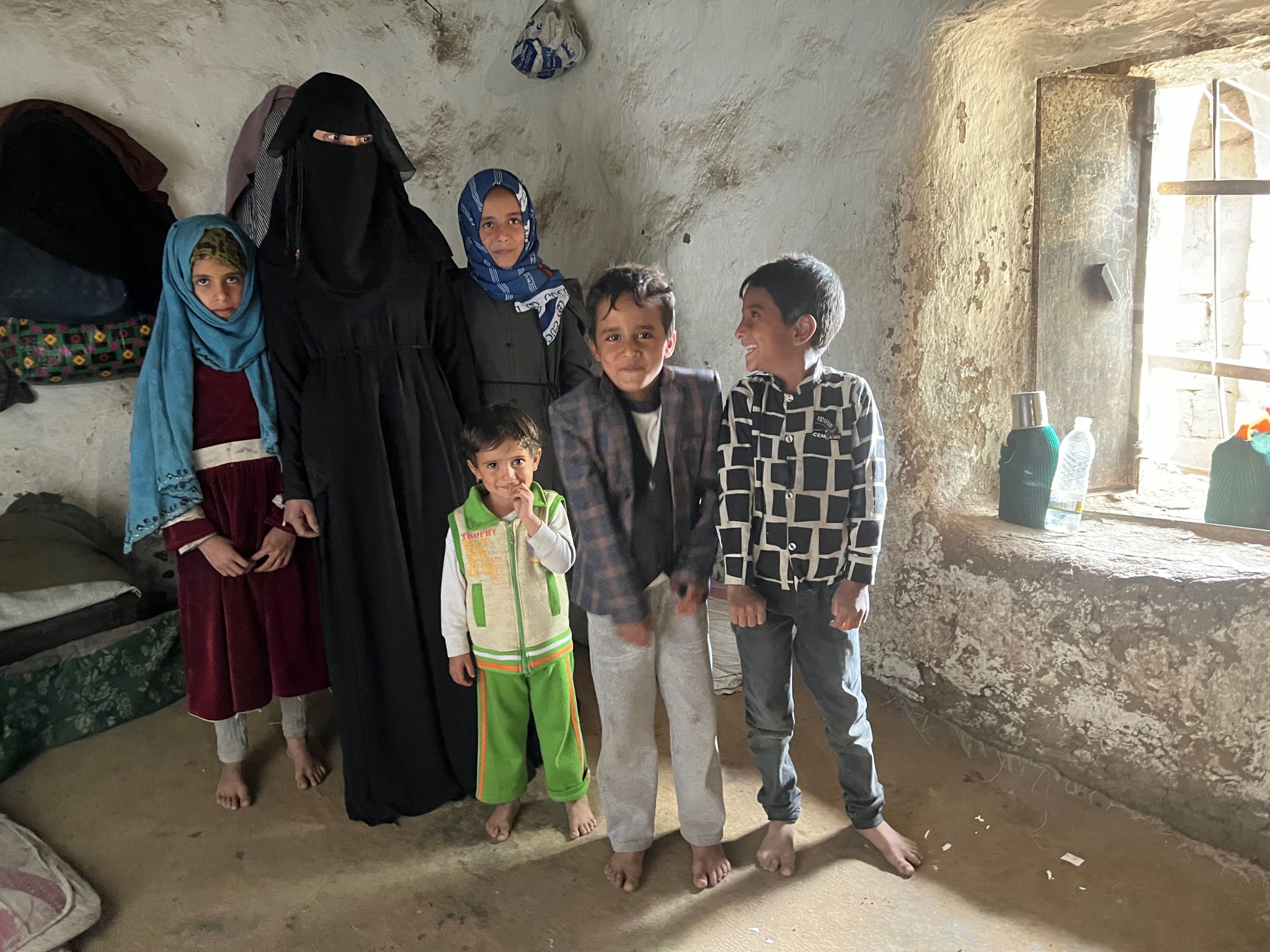
“Our life was sheer heaven,” Eman reminisces. “Until the war came in 2015. Then our life was turned upside down. Our house was bombed. We had to return to our hometown. When we returned, we had neither enough money for living nor housing.”
A relative allowed them to stay in an old barn. “It is an unlivable place and threatens to collapse at any moment.”
Eman’s husband wasted no time searching for work so that he could provide for his family. “He continued to work hard despite the low wages he was paid. At other times, he did not find work due to the circumstances of the war.”
Eman’s husband tragically died of a heart attack while working on a farm. “I found myself lost and I didn’t know what to do. My husband died and left me carrying the burden of four children and pregnant with the fifth in my fourth month. I found no one to turn to except God.”
Eman shoulders the responsibility of providing for five small children while her country is devastated by war. “Days passed and we lived on receiving charity from some benevolent people. Then I started looking for work so that I could meet the needs of my children including food, clothing, medicine, living, and education. I worked on farms and in houses for very low wages that were not enough to provide the simplest basics of a decent life. I worked all hours of the day and what hurt me was that I did not find time to take care of my children, although I was determined not to extend my hand to anyone again.”
Conflicts like the one in Yemen cause widespread distress to the local population. Unfortunately, distant conflicts can also intensify their suffering. The war in Ukraine is taking a devastating toll on many countries, including Kenya and Yemen. Ukraine and Russia are key suppliers of grains, seeds, and fertilizers to many developing nations. The war has caused food scarcity while increasing the costs of producing food.
The third leading cause of hunger is runaway inflation which is carrying food prices out of reach for many. Even in Canada, we feel the squeeze as groceries and other costs of living become increasingly expensive.
This crisis didn’t sneak up overnight. The warning signs have been detected, monitored, and analyzed. The humanitarian sector has been issuing warnings, calls for action, and is already implementing responses. But it might come as a surprise to you that 828 million people don’t know where their next meal will come from. You might be shocked to learn that more than 900,000 people around the world are contending with famine-like conditions. That’s because this crisis is simply not getting the news coverage it needs.
I don’t know why the media isn’t covering this crisis as it did in the 1980s. But the crisis is real.
Our response to today’s hunger needs to be as real and resolute as it was in the 1980s. Given the scale of the crisis, it’s going to take all of us pulling together again.
That is why ADRA Canada launched its Justice at the Table campaign. Until March 31, 2023, this campaign is increasing awareness funds to fight hunger in 13 countries through emergency assistance and livelihood development. The campaign’s goal of $2.4 million will be multiplied to $15 million, thanks to ADRA’s partnership with the Canadian Foodgrains Bank. In a world where our dollar doesn’t stretch as far, this is good news, and a good opportunity to make a real difference.
Yemen is one of the countries that can continue receiving support thanks to Justice at the Table. ADRA and the Canadian Foodgrains Bank have been responding with emergency food assistance for many years.
Eman participated in a cash assistance project. “After receiving the cash assistance, my family’s situation got better and better. Thank God, I was able to buy the necessary sustenance and medicine for my children… I was eased of heavy pressure. I had time to take care of my children.”
Sadly, the initial project Eman participated in ended as funding ran out. “I returned to the suffering and misery that I had been through,” she shares.
Six months later, Eman was overjoyed to learn that funding had been renewed for another project. “Now hope is back. We pray that this assistance will continue until our living conditions are improved and we are able to stand on our own feet again.”

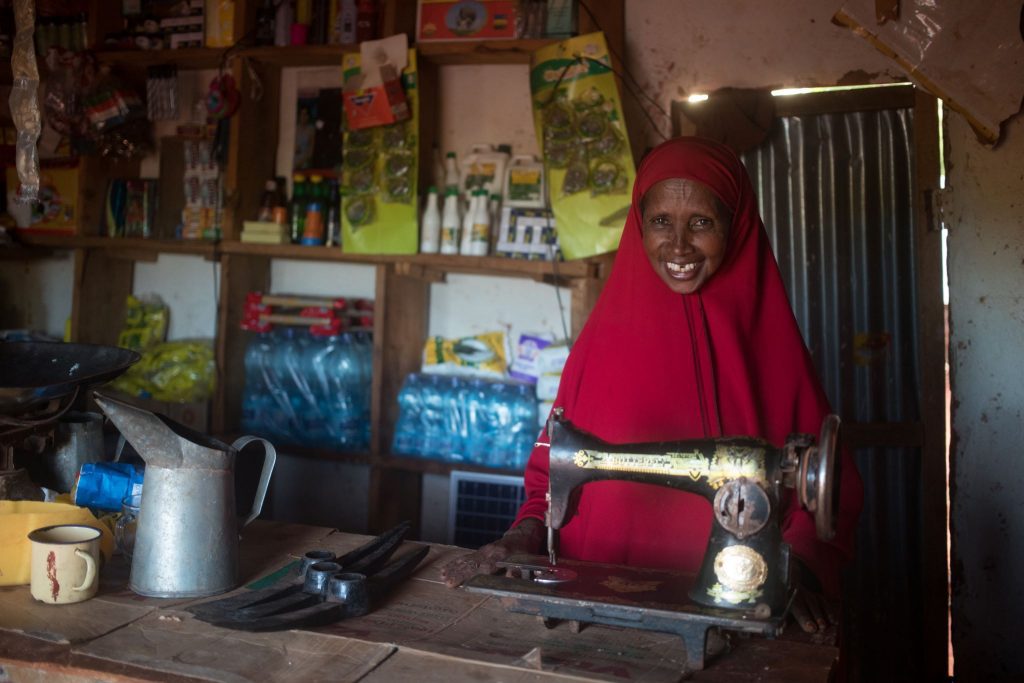
Ekal comes from a different area in Turkana County where ADRA and the Canadian Foodgrains Bank have been helping families through the drought with cash assistance. Ekal and his family participated in the six-month project. Ekal, who became disabled at the age of 15, supports his wife and five children, two of whom are also disabled.
“The money really helped my family. I used the money to buy food. I also used another portion for my children’s school uniforms. The money helped to fulfill other needs that were arising in our household like clothing and shoes.”
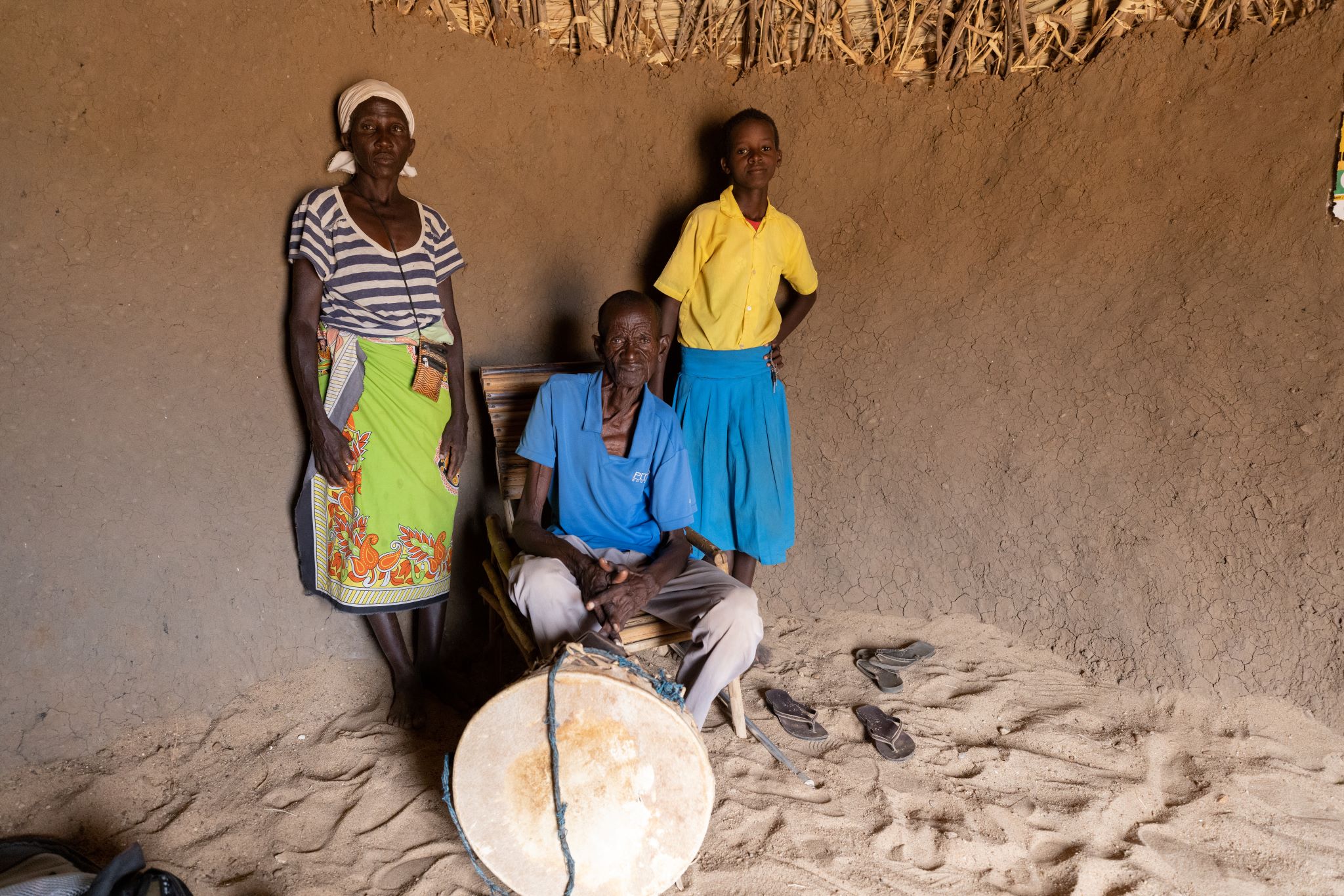
The Justice at the Table campaign will ensure that ADRA can continue reaching families like Ekal’s and Eman’s with life-sustaining support.
As we confront this crisis, we need to respond with immediate relief. But we also need to keep an eye on the future. This is why some of the campaign’s projects will invest in long-term approaches to reducing hunger by training communities to grow their own food. Some of the projects will also provide livelihood opportunities so that families can regain control of their lives. For example, in Lebanon, 50% of families worry whether they will have enough food. A complex socioeconomic crisis, compounded by the pandemic and the Beirut blast, has worn down families’ means of supporting themselves. ADRA and the Canadian Foodgrains Bank are helping enterprising people recover their businesses that were affected by the Beirut blast.
“That is a sign of love,” Ekal says of ADRA’s response and the supporters who make it possible. “It’s not easy because you don’t know us; we don’t know you. I’m so grateful to the donors who give their support. They made my life during that six-month period smooth, good, no stress. Every month I knew I had something. I pray that you continue supporting the vulnerable in society.”
A sign of love, Ekal said. ADRA believes that the only solution to the hunger crisis is love.
It is time to dethrone hunger and set a place for justice at the table.
Let's make a difference together!
Related News and Stories
- News Releases
- News Releases
- News Releases
- News Releases, Stories